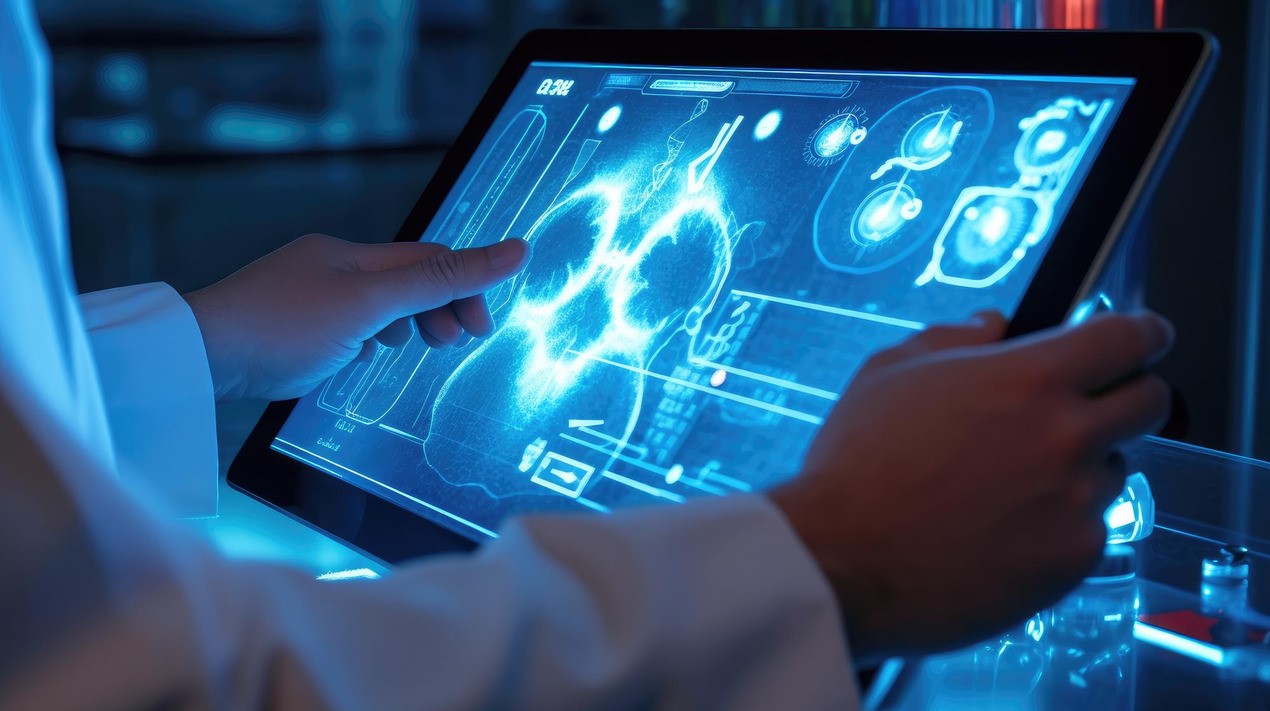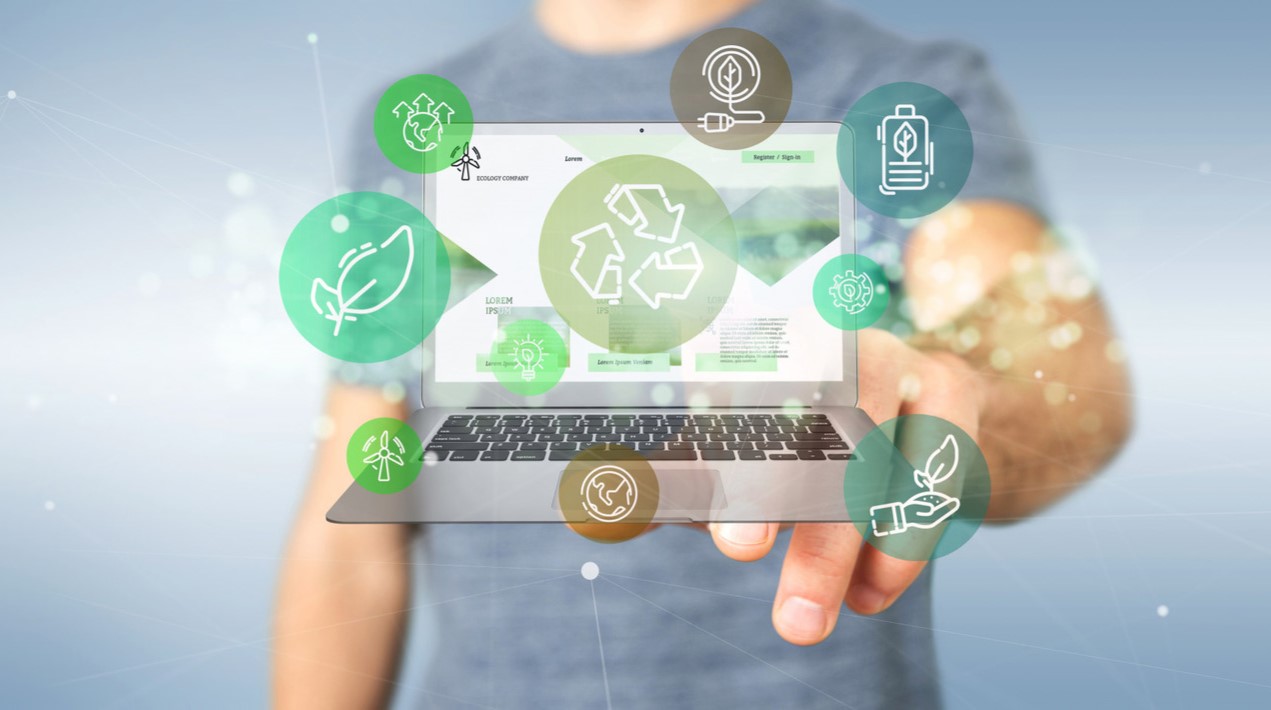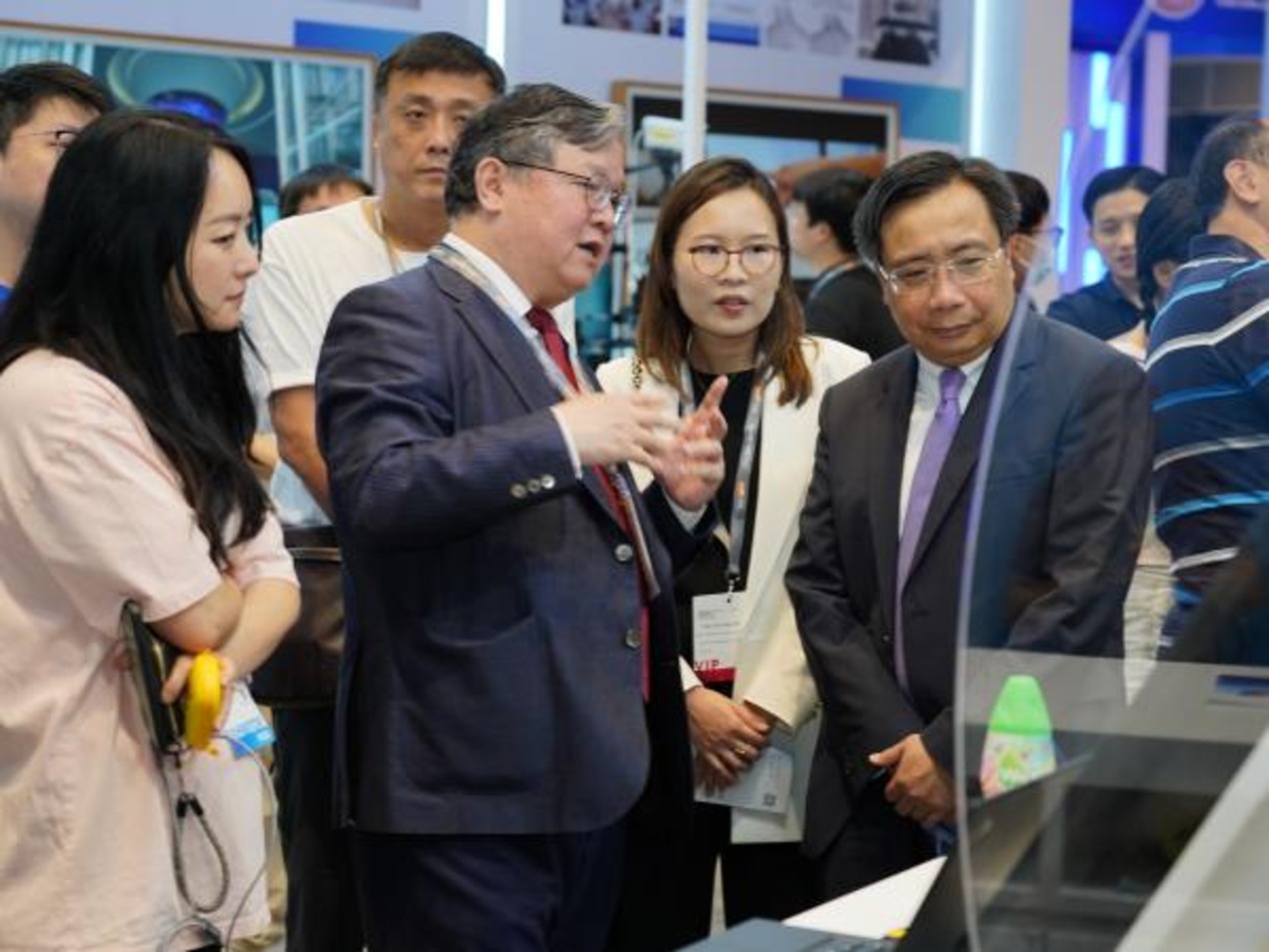
With a growing population and over 14 million journeys per day by 2020, Singapore has anticipated future transportation challenges and has planned to ensure that the small city-state meets the needs of the population and that the infrastructure is fit for purpose through innovative use of technology and policy decisions.
With this, the Land Transport Authority (LTA) is currently evaluating solutions to construct a transportation system capable of dealing with future challenges, as well as developing new solutions to enhance the current system. The Land Transport Authority (LTA) Master Plan (LTMP) 2040 report encapsulates LTA’s long-term plans to build an efficient, well-connected, inclusive, and fast land transport system that will fulfil Singaporeans’ needs and aspirations over the next two decades and beyond.
Our transport workers have kept our world moving through the darkest days of the pandemic.
– Singapore’s Transport Minister
One significant challenge is to increase the infrastructure for electric vehicle charging, with the first 620 charging points in public car parks set to be completed within the next 12 months. In his speech at the Land Transport Industry Day on Friday, Singapore’s Transport Minister explained some of the other initiatives (Sept 3).
Push for public-private partnerships
The Land Transport Authority (LTA) and Enterprise Singapore (ESG) have introduced an innovation call titled Accelerating Co-Innovation for Transformation and Export (Xcite). The LTA and ESG will collaborate with businesses to explore ways to improve productivity in transportation operations and maintenance by leveraging technologies such as artificial intelligence, image analysis, and automation.
Standards for autonomous vehicles
The LTA and the Singapore Standards Council, which is overseen by ESG, released a new version of a revised set of standards for autonomous vehicles (AVs). Since 2019, Singapore has had a provisional national standards system in place to guide the development of autonomous vehicles. The system updates will improve critical areas like operational safety in software design, machine learning, and cyber security.
Upskilling workers
The transport minister stated that the government will continue to work with industry to enhance worker capabilities. He cited a new Post-Graduate Certification for Urban Railway Technology that will be established by the LTA’s Singapore Rail Academy, the Singapore Institute of Technology, SBS Transit, and SMRT as an example. The certification will aim to improve the knowledge and skills of local rail engineering professionals.
To collaborate, over the next 12 months, more than 600 electric vehicles (EV) chargers will be installed at 200 public car parks in HDB estates, industrial estates, and the Central Business District. The first of these chargers are expected to be installed by the end of this year. By the third quarter of next year, there will be 210 charging points in the central region, 50 in the north, 100 in the northeast, 120 in the east, and 140 in the west.
The Urban Redevelopment Authority (URA) and the Land Transport Authority (LTA) announced on Friday (September 3) that a consortium has been awarded a tender to install EV charging points in selected car parks in the central, east, and west regions. Another consortium has been awarded a contract to install charging infrastructure in car parks in the north and northeast regions. The tenders, which are part of a pilot tender issued in November of last year, are the first steps toward a national goal of 40,000 charging points in public car parks by 2030.
The transportation systems that have built the modern world are about to undergo a significant transformation. Intelligent transportation systems (ITS) are improving and making driving and traffic management safer for everyone. Even though cities are underfunded, population growth will continue — the World Health Organisation predicts that by mid-century, 7 out of 10 people on the planet will live in cities. Combined with concerns about climate change, city leaders must begin rethinking the very nature of existing transportation systems.

















